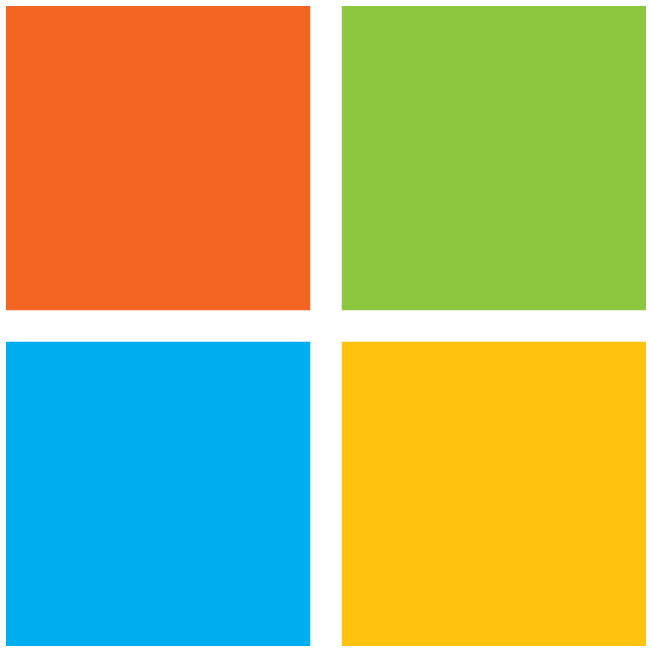
Every business today uses data to make decisions. Data comes from many sources and passes through many hands. Have you ever wondered where a number in a report actually came from? Or how a customer record ends up in your dashboard? That is where data lineage comes in. Data lineage is like a map for your data. It shows where data starts, where it goes, and what happens to it along the way. With data lineage, you can see the full journey of your information, building trust and making it easier to fix problems or show proof for those important audits.
What is data lineage?
Data lineage is a step-by-step record of how data starts, changes, and moves from one place to another. It answers questions like:
- Where did this data come from?
- Who changed it?
- How did it change?
- Where did it end up?
Data lineage is more than just drawing arrows between data tables. It shows every change to your data, when it happened, and who made it. This gives you a complete story for every bit of information you use.
Some people confuse data lineage with data mapping. Data mapping only links fields together. Data lineage adds more detail by recording how data flows and changes over time.
There are different ways to look at lineage:
- Technical lineage goes deep, tracking every field and how it changes.
- Business lineage shows higher-level flows, so managers and teams see how things connect.
- End-to-end lineage covers all systems, from start to finish.
- Horizontal lineage tracks data moving between platforms or services.
- Vertical lineage maps changes inside one system, like from raw to cleaned data.
Modern tools now create lineage maps automatically. You no longer need to draw diagrams by hand.
How data lineage works
Modern data moves fast, so automatic tracking is a must. Lineage works by collecting metadata, which is data about your data. For example, it records when data is created, updated, moved, or deleted. It logs what rules or logic are used to change data.
Good data lineage tools automatically gather this metadata from databases, pipelines, reports, and more. They build a clear map that shows:
- Where data comes from and where it goes.
- What steps data passes through.
- Who owns or manages each step.
- When each change happens.
You can look at these maps in different ways. Some tools let you trace data forward or backward. This helps you spot problems or understand the impact of any change.
Visual lineage diagrams make it easy to see these connections. Details like the owner or sensitivity (for example, if data contains private information) help you meet rules and keep data safe.
You can start by mapping big systems and then drill down to smaller details later.
Data lineage techniques
There are several core techniques for tracking and managing data lineage. Each one has its uses, depending on your tools and business needs.
Manual documentation
This is the old-fashioned way. People draw charts or keep spreadsheets about how data moves. It works for small systems, but quickly becomes out of date and is hard to maintain for large data environments.
Code and script parsing:
Some tools scan SQL scripts, ETL jobs, or data processing code to pick out how data changes. This automatic reading of code helps show where data flows, especially in complex pipelines. However, it may miss logic that lives outside of code.
Metadata harvesting
Modern data platforms collect metadata — details about data structures, changes, and ownership — directly from databases, integrations, or cloud systems. This technique is highly accurate and updates automatically as things change.
Lineage annotation and tagging
Data owners may tag tables, columns, or objects with extra details about their origins or changes. This makes human expertise part of the lineage picture and helps fill in gaps that automation can miss.
Pattern recognition and machine learning
Some advanced platforms use algorithms to detect data flows and transformations based on patterns in how data moves and changes over time.
Integration with orchestration and monitoring tools
Platforms may pull information from workflow tools or monitoring dashboards to track data jobs as they run and update lineage records in real time.
Most businesses today use a mix of these methods. Modern data platforms like Semarchy focus on automated techniques such as metadata harvesting, code parsing, and real-time monitoring. These approaches help keep lineage accurate, complete, and ready as your business changes.
Data lineage use cases
Data lineage helps in many situations across an organization:
- Regulatory compliance: If you have to prove where data came from, lineage helps you do it. For example, Semarchy helped healthcare company Sanofi combine data from many sources to meet strict regulations.
- Impact analysis and change management: Before you change a data source or delete a field, lineage shows which reports or dashboards will be affected.
- Data migration and modernization: Moving data to a new platform becomes safer. You see what depends on what, so nothing breaks. With Semarchy, Bird Construction joined together old and new data after updating their systems.
- Fixing data issues: When a report looks wrong, you can trace the data back through each step. This helps you find and fix the problem fast.
- Building models and analytics: Data scientists can see where their features come from. This builds trust in machine learning and analytics.
- Cutting costs: Lineage shows which data is never used. You can retire old resources and lower your costs.
- Proving results: In science, health, and regulated fields, you need to show how you got every answer. Lineage makes this possible.
The benefits of data lineage
Adding data lineage to your business brings many advantages:
- Better data quality: You can spot and fix errors quicker. This builds confidence in your numbers.
- Faster troubleshooting: Teams find where things broke fast and fix them without extra guesswork.
- Simple audits: Prepare for audits with clear records of how every bit of data changed.
- Increased trust: When people know where data comes from, reports become easier to trust.
- Teamwork: Business and technical teams can speak the same language about data.
- Safer updates: Know what will be affected before you make a change.
- Lower costs: Get rid of data you don’t use. This saves space and time.
- Grows with you: Automated lineage supports small businesses and global ones, whether in the cloud or on-premises.
- Supports AI and new tools: As you adopt new tech, lineage keeps your data pipeline solid, so your insights and models stay reliable.
Best practices and guidance for implementing data lineage
To get the best results from data lineage, try these practices:
- Start in high-priority areas: Map out the most important data flows first, like those in compliance or key reports.
- Automate tracking: Use tools that can keep track of changes without extra work from your team.
- Make it easy for everyone: Show simple maps for business teams and more detailed ones for technical staff.
- Update step by step: Begin with big-picture flows. Tackle details like tables and fields as your trust grows.
- Involve the right people: Get business owners to check the records, not just IT.
- Link with data governance: Tie lineage to your data policies for quality, privacy, and compliance.
- Enable self-service: Give users access to lineage tools so they can answer their own questions.
Data lineage: key takeaways
Here are a few key takeaways on data lineage and its importance:
- Data lineage is not just a technical tool. It gives your business control, trust, and compliance.
- With lineage, you can answer where data came from, how it changes, and why certain results appear in your reports.
- The best data platforms build lineage maps automatically, so you always have an up-to-date record. This supports safer changes, faster problem-solving, and better decisions at every level.
- As your data grows and rules get tougher, lineage keeps you ready. Investing in lineage today supports a future of reliable reporting and confident growth.
Data lineage with Semarchy
Semarchy’s Master Data Management (MDM) and Data Intelligence solutions track your data’s origins, changes, and final destinations.
Features such as audit trails, data mapping, validation, and data quality management help you see the full story and guarantee accuracy. SemQL lineage navigation lets you find where a record starts — even digging into golden and master records or errors. Integration with Microsoft Purview enhances governance and helps you meet compliance now and in the future.
With Semarchy, you can trust your data every step of the way.
Ready to take control of your data lineage?
Find out how Semarchy can help your business build trust, cut risk, and succeed with data with a customized demo.
Share this post
Featured Resources

Master Data Cleansing: How to Tackle ‘Dirty’ Data




















































